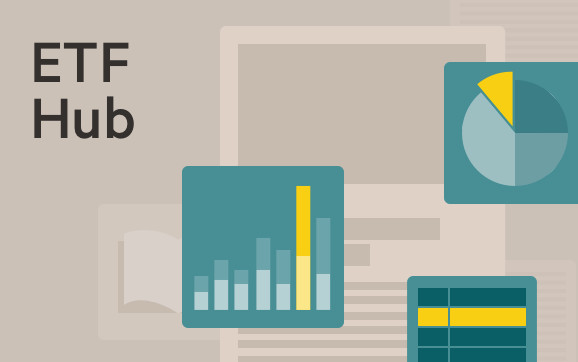JPMorgan plans active ETF expansion in Europe

Simply sign up to the Exchange traded funds myFT Digest -- delivered directly to your inbox.
Latest news on ETFs
Visit our ETF Hub to find out more and to explore our in-depth data and comparison tools
JPMorgan Asset Management will expand its range of exchange traded funds in Europe, as firms struggling with outflows from traditional active funds into passive vehicles increasingly eye the product as a sales opportunity.
The $2.4tn bank-owned manager has attracted $3.2bn in net inflows in its Europe-domiciled active ETFs in the year to the end of August, even while many firms struggle to make new sales in the current risk-off environment.
JPMorgan AM has $10bn in assets under management in active ETFs, making it Europe’s largest provider of the products.
Travis Spence, head of Europe, the Middle East and Africa for ETF distribution at JPMorgan, said the manager intended to broaden its suite of active ETFs.

This article was previously published by Ignites Europe, a title owned by the FT Group.
“We believe the future of ETFs is active and intend to continue leading the active ETF revolution,” Spence said. “2023 has been a breakout year for active ETFs.”
Pimco, with the biggest fixed-income active bond ETF business in Europe, at €5.8bn in assets, according to Morningstar Direct, also sees opportunity for expansion.
A spokesperson for the $2tn manager said: “With yields now at levels not seen in almost two decades, we do see opportunities to deliver actively managed ETF strategies across a broader range of Pimco’s capabilities.”
Expansion by traditional asset managers comes as US active ETF manager Ark Invest, founded by stockpicker Cathie Wood, recently announced its intention to bring its own active ETFs to Europe via the acquisition of Rize ETF.
Spence said JPMorgan viewed actively managed ETFs as one of the major drivers of growth in the overall ETF industry and would like to see “sustainable” outcomes as another.
Research from the company showed that active ETFs made up 1.5 per cent of the total ETF market but took in 4 per cent of net flows in 2022. The firm added that so far in 2023, active ETFs had captured closer to 6 per cent of the Ucits ETF market.
“These numbers suggest that active ETFs are growing in importance and, interestingly, it’s not just existing ETF buyers starting to rotate into actively managed ETF strategies,” said Spence.
“We’re also starting to see users of traditional active management increasingly embracing the ETF wrapper, alongside mutual funds.”
Chris Chancellor, vice-president, data and analytics at Broadridge Analytics Solutions, said there were indications that managers were “no longer just dipping their toes in the water”.
“Flows for [traditional] active groups have been lacklustre whilst those with active ETFs have been having some success,” he said.
Tim West, UK ETF leader at EY, said: “Historically, active managers were reluctant to launch ETFs due to concerns around ETF versions of active funds impacting existing business, potential fee dilution, and investment intellectual property exposure through daily publication of the portfolio composition file.
“However, we are now seeing a shift, with asset managers’ appetite to launch ETF versions of active funds increasing in response to client demand and recognition of the trend of outflows from mutual funds into ETFs.”
Hector McNeil, co-chief executive officer of HanETF, said inquiries from asset managers to launch an active ETF strategy on its white-label service have gone from 5 per cent a couple of years ago to one-third of all inquiries it now received.
Latest news on ETFs

Visit the ETF Hub to find out more and to explore our in-depth data and comparison tools helping you to understand everything from performance to ESG ratings
Investors in the US active ETF market benefit from tax advantages compared with mutual funds. Data from Broadridge showed that the size of the active ETF market in the US stood at $500bn versus $25bn in Europe.
However, Spence said other key benefits including “intraday trading, transparency that allows for better intraday risk management across a portfolio of ETFs, and price discovery continue to drive ETF adoption at the exact same rate of growth in Europe as the US has experienced”.
The compound annual growth rate in both regions stands at 18 per cent since 2008, he said.
*Ignites Europe is a news service published by FT Specialist for professionals working in the asset management industry. Trials and subscriptions are available at igniteseurope.com.
Comments